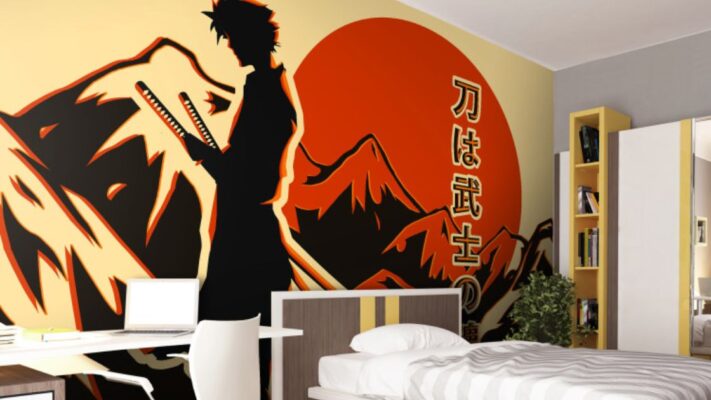In the dynamic field of digital innovation, I believe that understanding the concept of digital design is critical to navigating today’s creative landscape. Digital design covers many fields, affecting everything from user interfaces to multimedia presentations. In this journey of discovery, we will demystify the nature of digital design, delving into its definition, components, and diverse applications that shape our digital experiences.
After 6 years of working as a graphic designer and web designer, I have concluded that digital design essentially refers to the process of creating visual content using digital tools and technology. Unlike traditional design methods, digital design leverages the power of computers, software and electronics to turn ideas into reality. It involves a harmonious combination of artistic creativity and technological proficiency, aimed at conveying a message, idea or information in a visually appealing way.
Contents
Components of Digital Design
1. Graphics Design
At the core of digital design lies graphic design, encompassing the creation of visual elements such as logos, illustrations, and layouts. Designers employ software like Adobe Photoshop and Illustrator to manipulate images and craft visually engaging compositions.
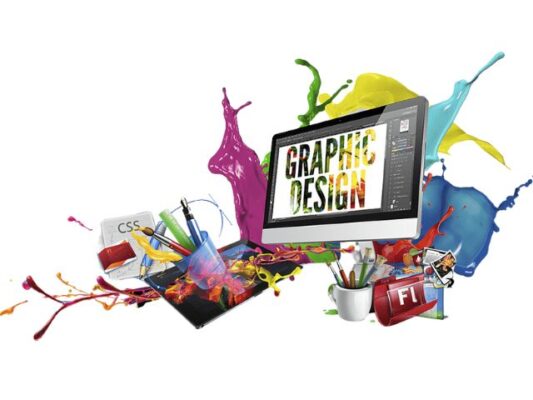
2. User Interface (UI) Design
UI design focuses on enhancing the user experience by creating visually appealing and intuitive interfaces for websites, applications, and software. It involves considering factors like user interaction, navigation, and overall aesthetics.
3. Motion Graphics
Motion graphics add a dynamic dimension to digital design. Using animation techniques, designers can breathe life into static visuals, creating captivating sequences for videos, presentations, or websites.
4. Web Design
Web design revolves around crafting the visual appearance of websites. It involves selecting layouts, color schemes, and typography to create a cohesive and user-friendly online experience.
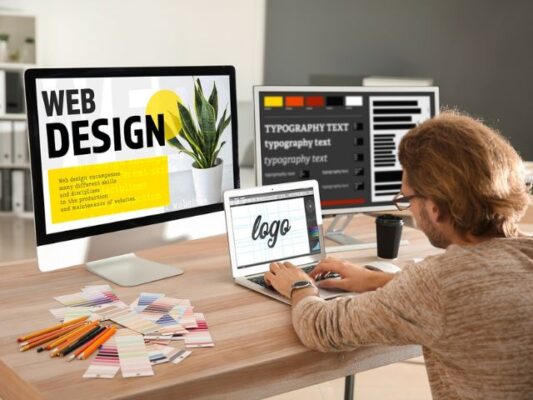
5. 3D Modeling and Animation
Digital designers proficient in 3D modeling and animation bring three-dimensional concepts to fruition. This is widely utilized in industries such as gaming, architecture, and virtual reality.
The Difference Between Digital Design and Graphic Design
While digital design and graphic design are closely related, they differ in scope and application. Graphic design primarily deals with static visual elements, focusing on print materials, branding, and layout design. On the other hand, digital design extends beyond the static realm, encompassing dynamic and interactive elements such as animations, user interfaces, and multimedia presentations.
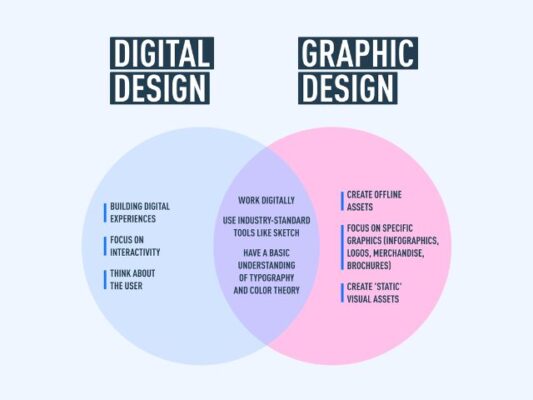
Applications of Digital Design
1. Advertising and Marketing
Digital design plays a pivotal role in creating eye-catching advertisements, promotional materials, and branding collateral. From social media graphics to online banners, it shapes the visual identity of brands.

2. Entertainment Industry
In the entertainment realm, digital design contributes to the creation of visually stunning movie effects, video games, and immersive virtual experiences. It allows storytellers to push the boundaries of creativity.
3. E-Learning and Training
Digital design facilitates the development of engaging e-learning materials and interactive training modules. Visual elements enhance comprehension and retention of information.

4. Product Design
From conceptualizing product prototypes to creating visually appealing packaging, digital design is integral to the product design process. It aids in conveying the essence of a product to potential consumers.
5. Digital Art
Digital design has revolutionized the art world, providing artists with new mediums and tools for expression. Digital paintings, illustrations, and multimedia installations showcase the fusion of art and technology.

How to Get Started in Digital Design
You can embark on your digital design journey right away, but it requires you to acquire both technical skills and creative thinking. Here are the steps to get started:
1. Learn the Basics
Familiarize yourself with the foundational principles of design, including color theory, typography, and layout composition.
2. Master Design Software
Gain proficiency in industry-standard design software such as Adobe Creative Cloud (Photoshop, Illustrator, After Effects) or other relevant tools.
3. Explore Specializations
Identify specific areas of digital design that interest you, such as UI/UX design, motion graphics, or 3D modeling. Specializing enhances expertise.
4. Build a Portfolio
Create a portfolio showcasing your best work. This becomes a powerful tool for demonstrating your skills to potential employers or clients.
5. Stay Updated
The field of digital design evolves rapidly. Stay informed about emerging trends, tools, and techniques to remain competitive.
Digital Design Software
Digital design is supported by a variety of software tools that serve different design needs. Here are some software that I have been using for my design work, you can refer to:
1. Adobe Creative Cloud
- Photoshop: Image editing and manipulation.
- Illustrator: Vector graphics creation.
- After Effects: Motion graphics and animation.
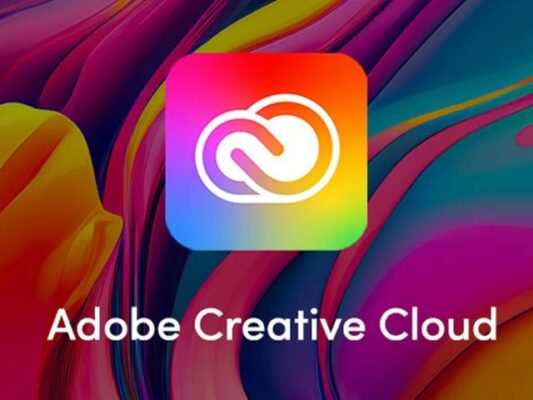
2. Sketch
A popular tool for UI/UX designers, providing a streamlined interface for designing digital interfaces.

3. Blender
An open-source 3D creation suite suitable for modeling, sculpting, animation, and more.
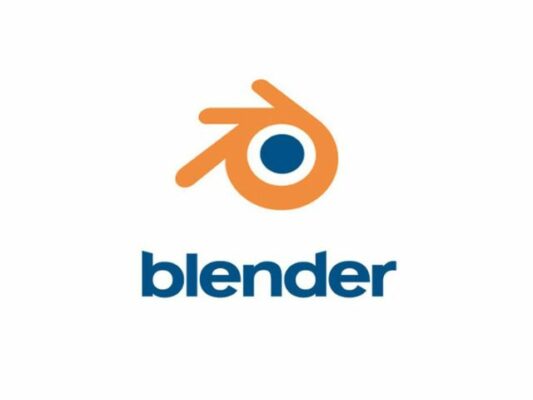
4. Figma
A collaborative interface design tool used for creating prototypes, user interfaces, and interactive designs.
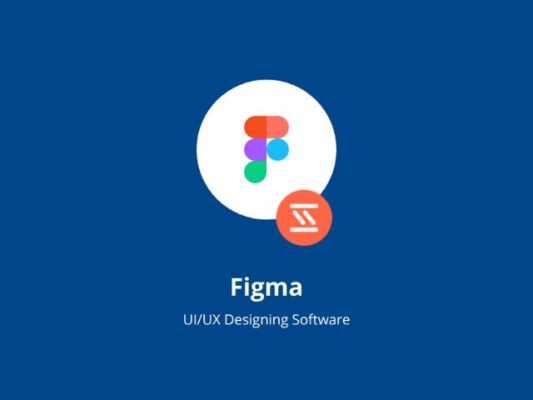
5. InVision
Focuses on prototyping and collaboration, allowing designers to create interactive and animated user interfaces.
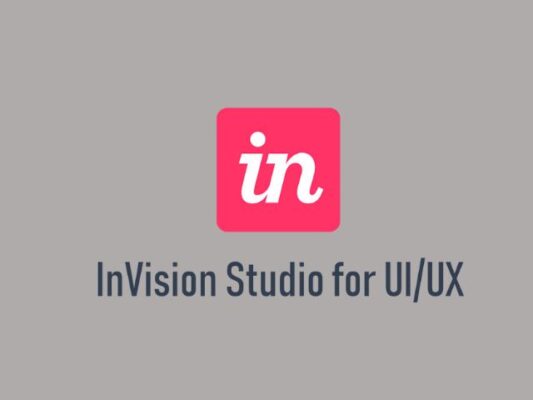
Limitations and Challenges
While digital design opens doors to boundless creativity, it also comes with its set of challenges. The dependence on technology introduces the risk of obsolescence, requiring designers to stay abreast of evolving tools and techniques. Additionally, achieving a balance between aesthetics and functionality remains an ongoing challenge, especially in fields like UI design where user experience is paramount.
Conclusion
Digital design is a multifaceted discipline that reshapes the way we perceive and interact with the world. From enhancing visual storytelling to accelerating technological advancement, its influence is everywhere. In the ever-evolving digital creative landscape, understanding the core principles of digital design is essential. It is the fusion of art and technology that will lead us into a future where the boundaries of visual expression are continually pushed, creating new dimensions of digital innovation.
Related Posts






